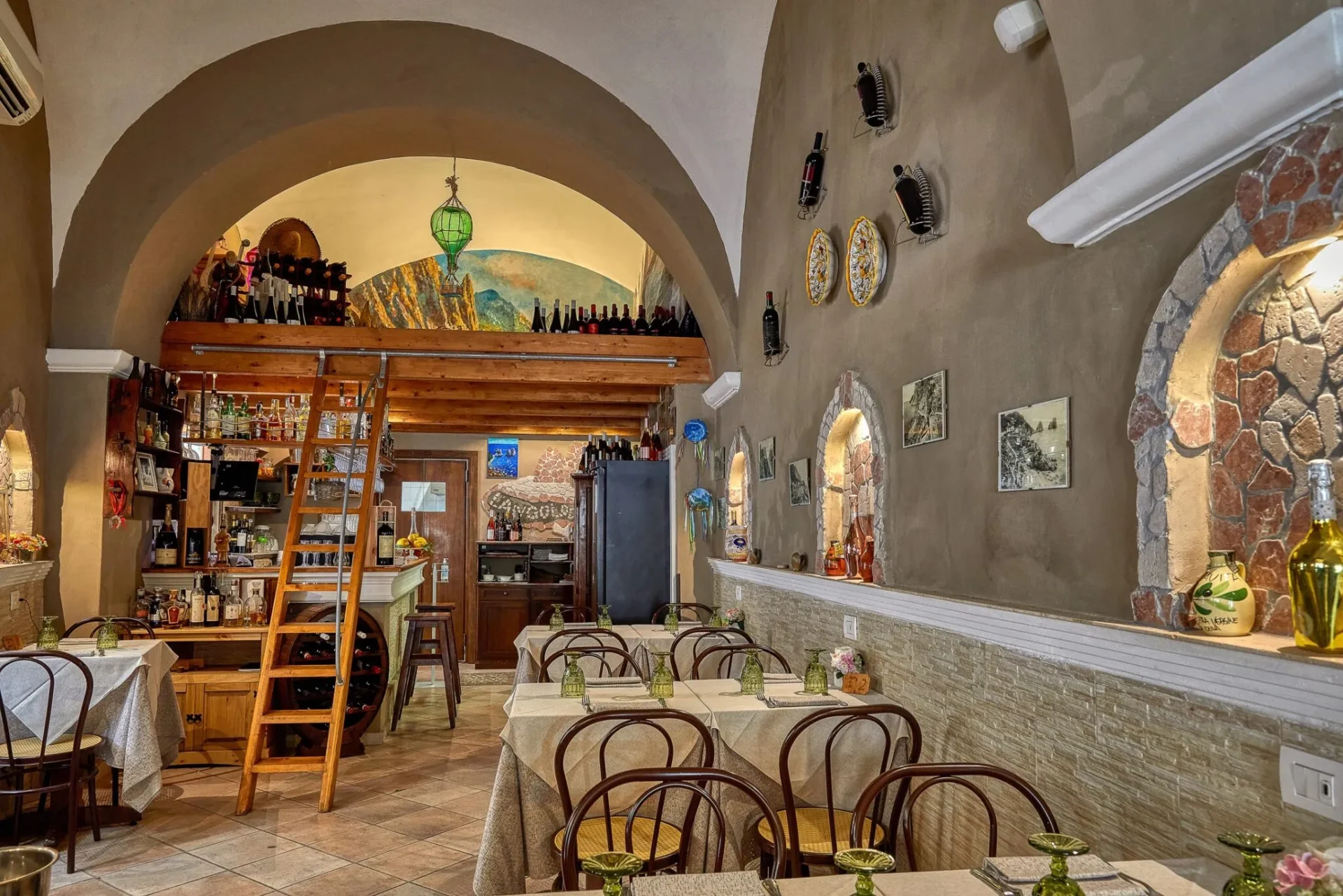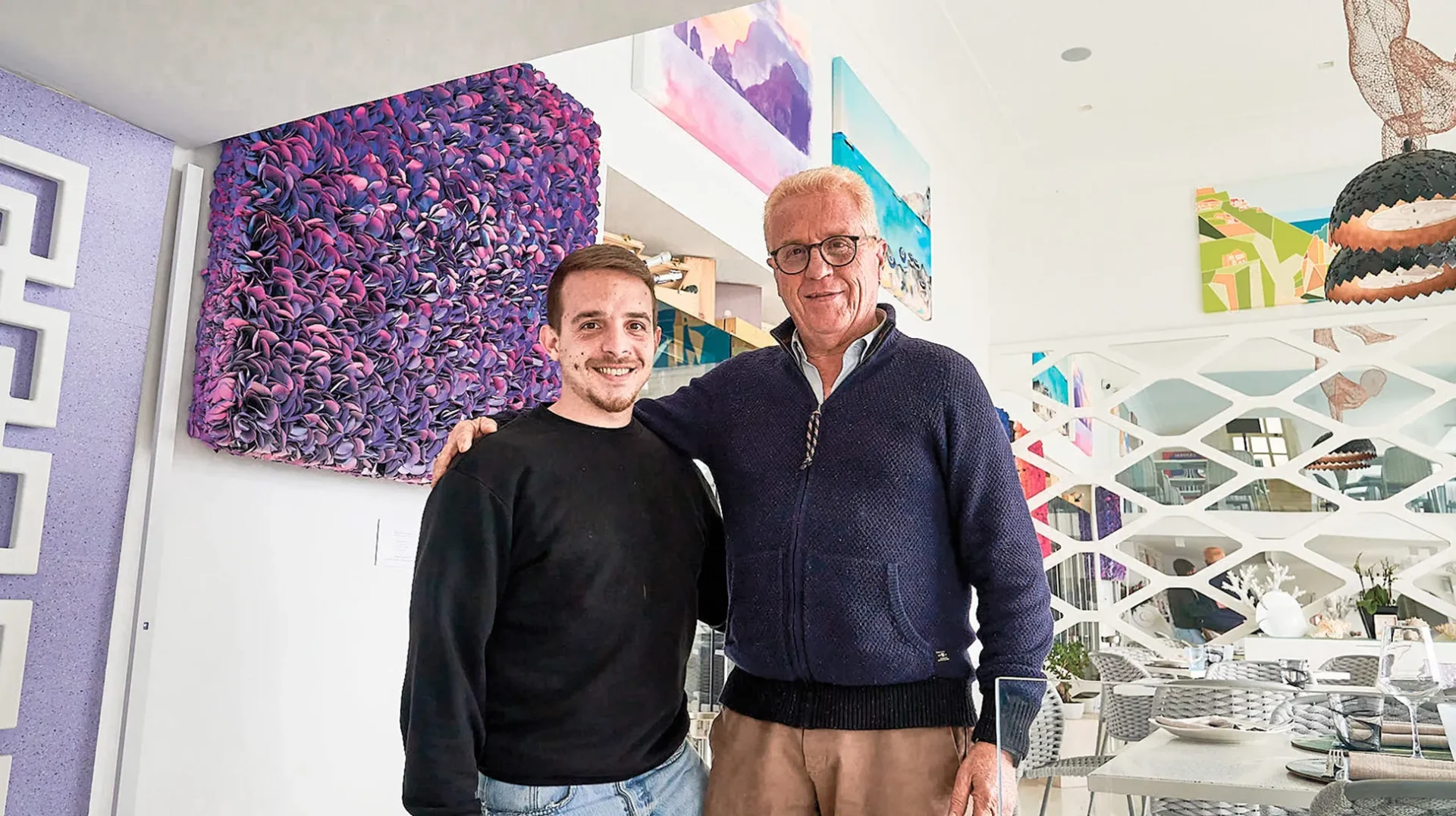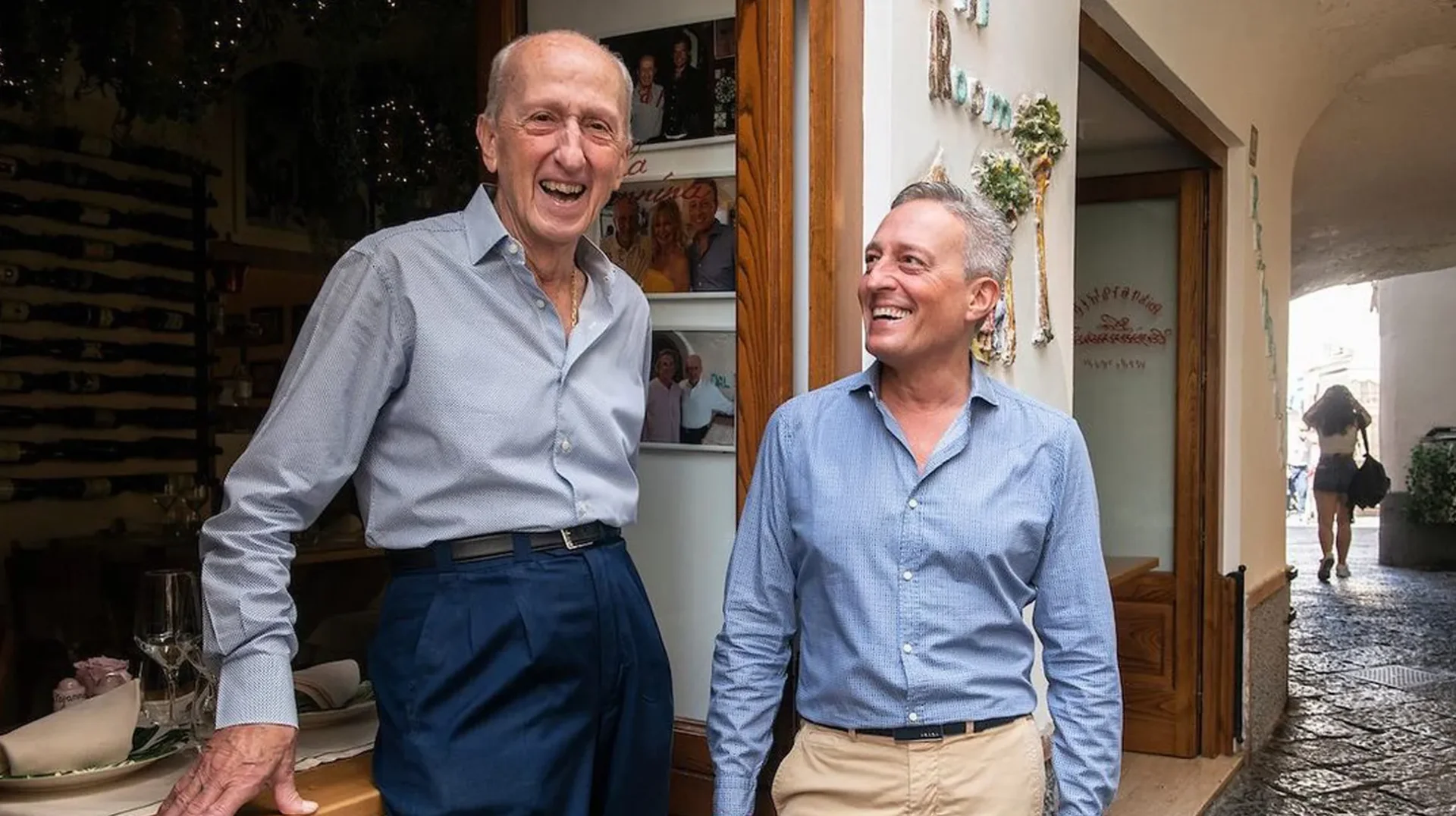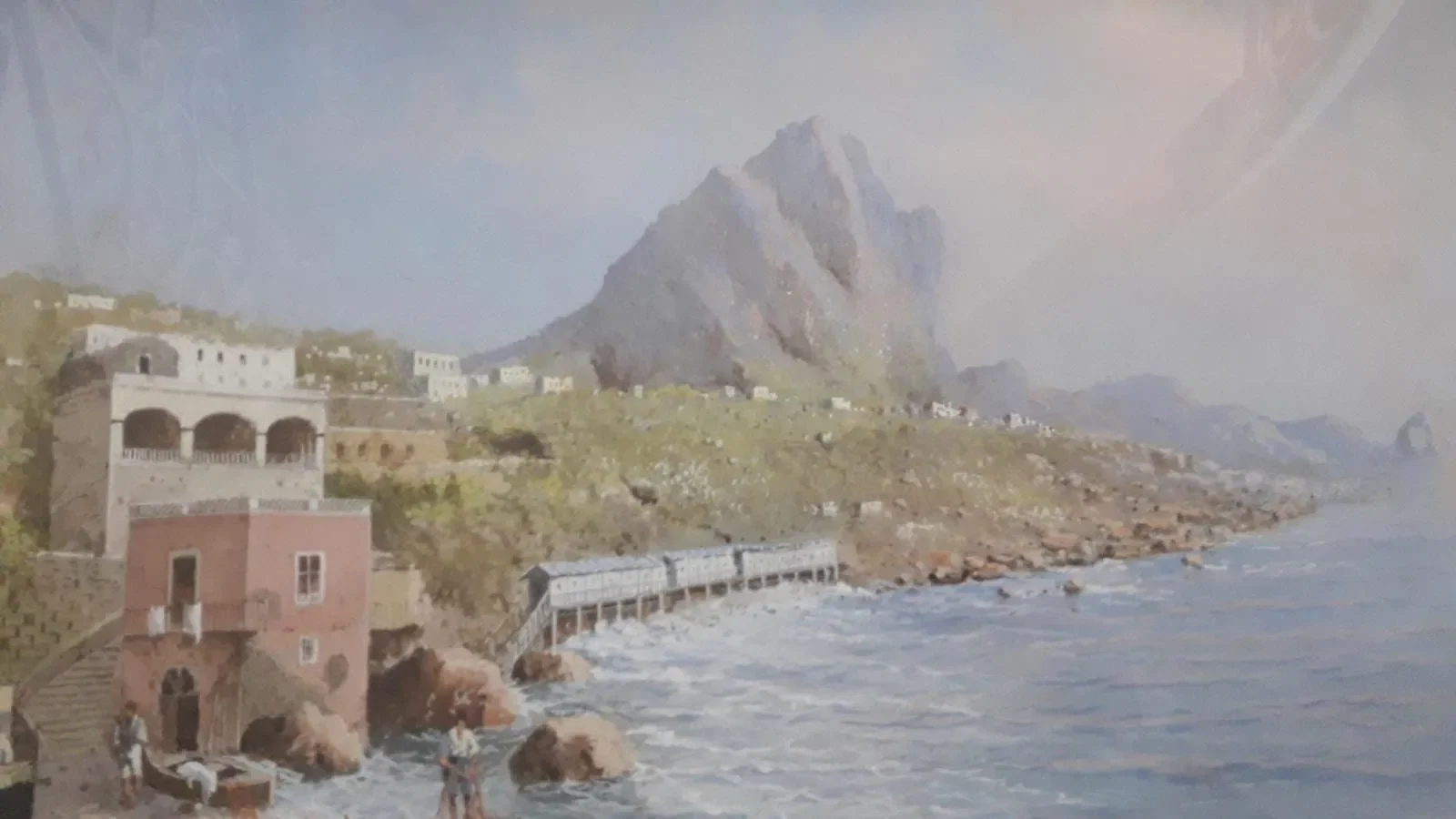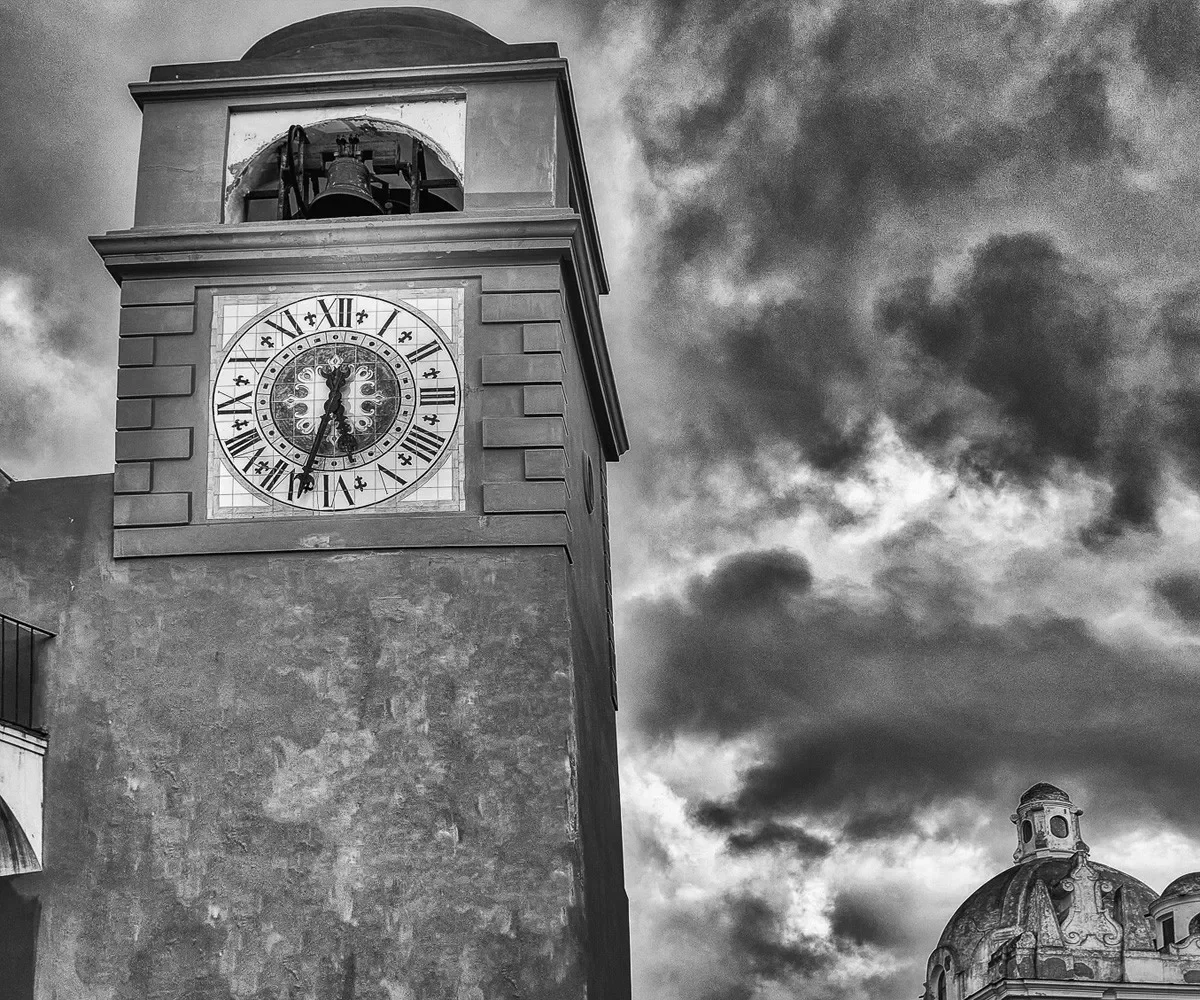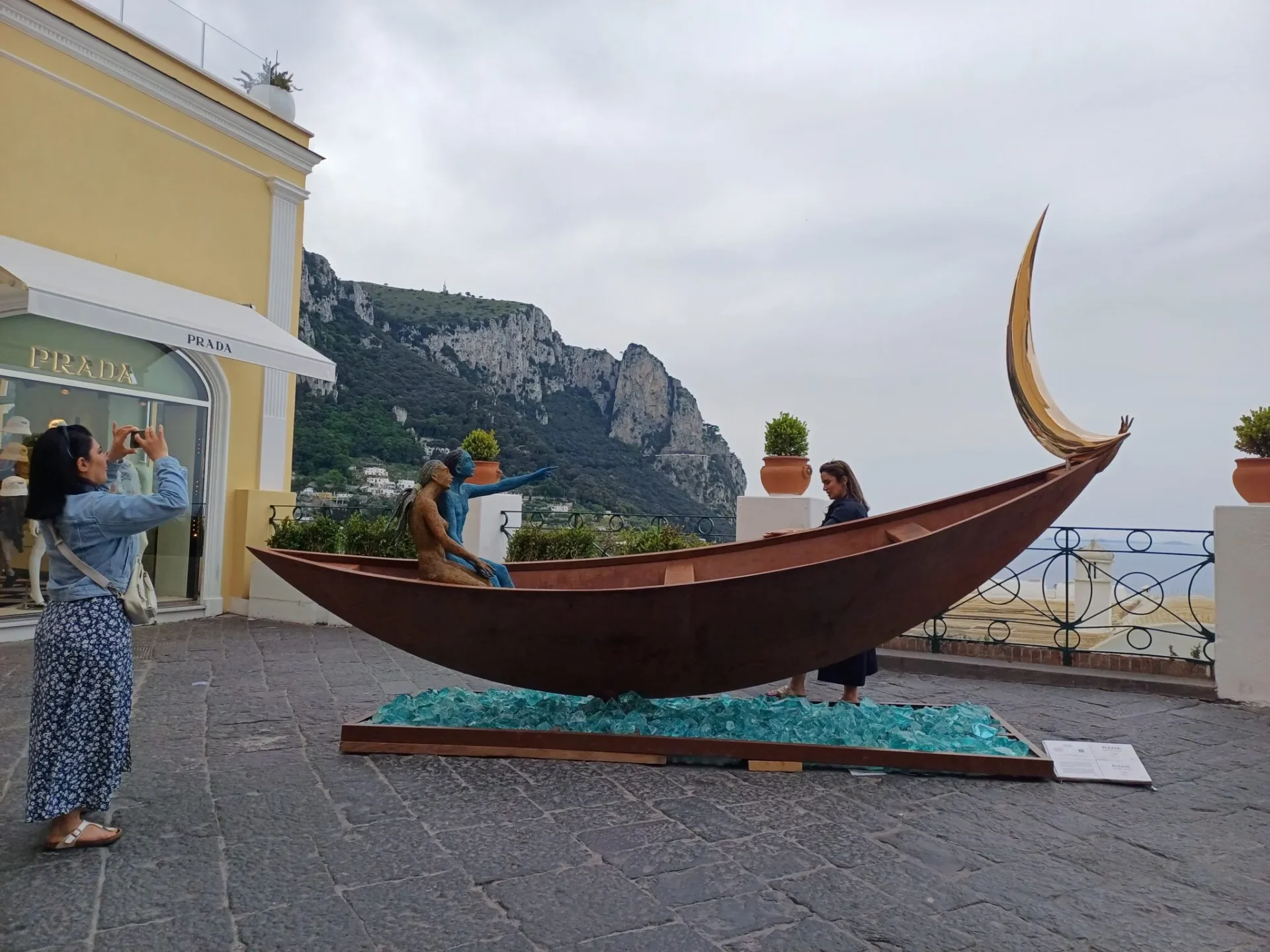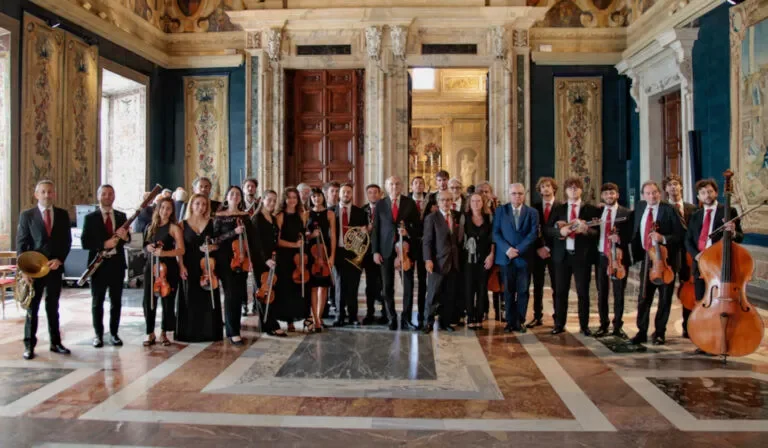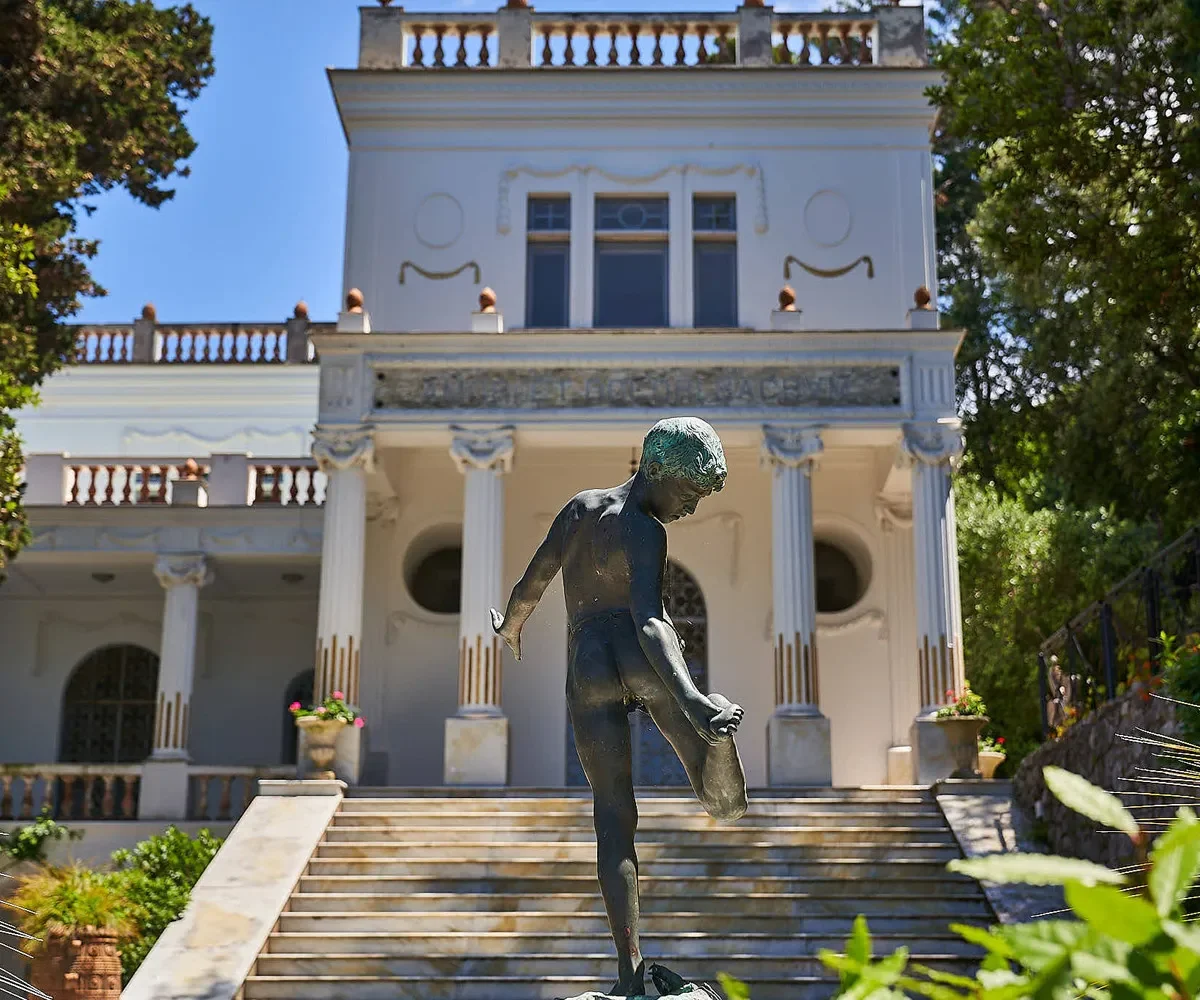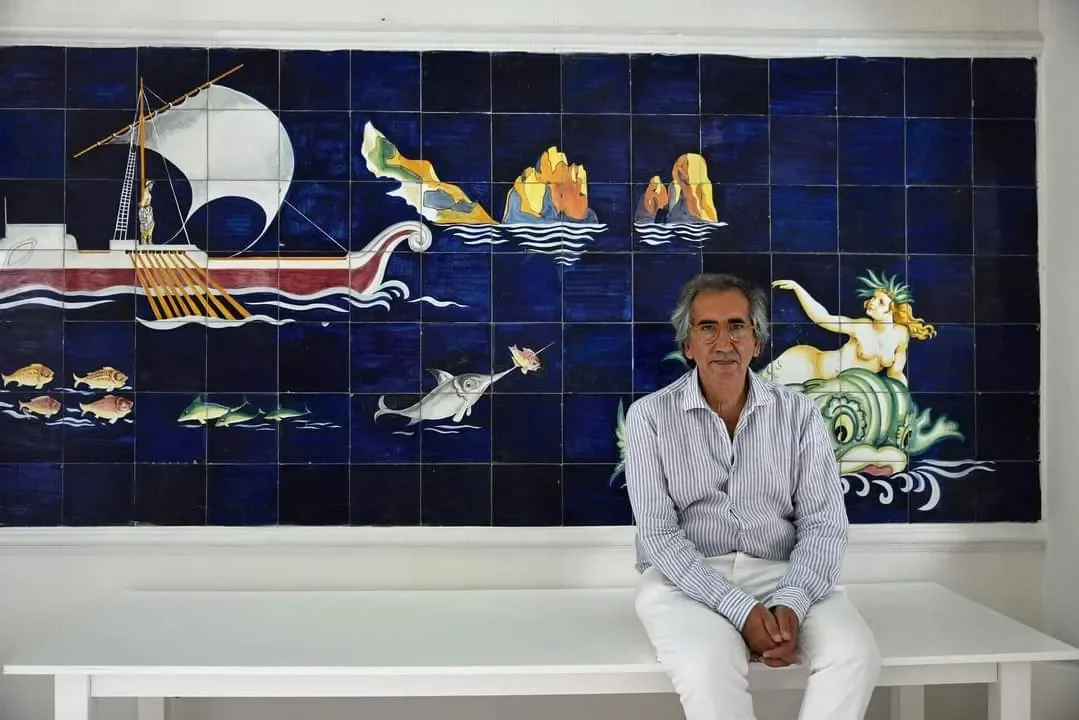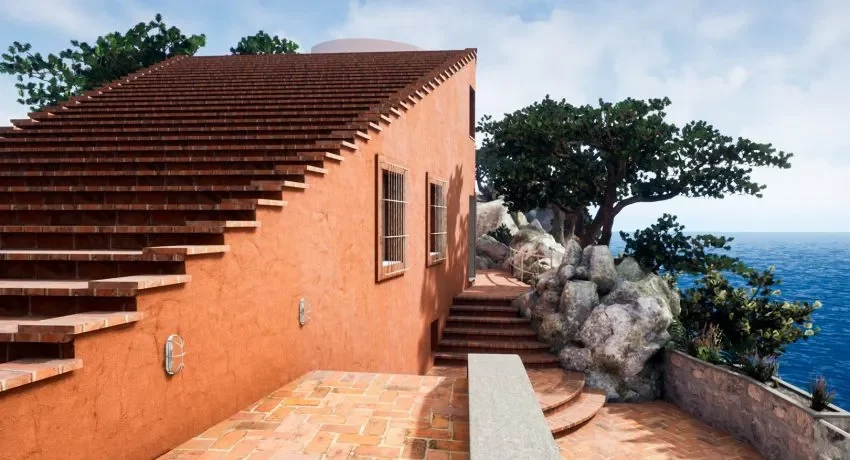Among the various golden moments that Capri has lived, there was one particularly magical, both for guests of the island and its inhabitants, framed by the mouth of our very lucky parents and grandparents as “the Capri of yesteryear”.
What time was it? That in the days of Dolce Vita, obviously, when the young Italian Republic after having licked the wounds of war, on the wave of the economic miracle was preparing to live a new lightheartedness, desire for worldliness, fun and make love.
They were years of great excitement and Capri could boast to host the best of the Italian and international jet set. Not that this was a novelty, “the famous” came here already in the first half of the ‘900. But now were different numbers and the inhabitants of the island, after centuries spent breaking their backs in the fields and by sea, were entering a state of social and economic well-being never experienced before and perhaps not even after.
In addition to the steamer, you could reach the island by public helicopter and for a couple of years there was even a seaplane that made the route Capri-London twice a week. The English came to listen to Gracie Fields in his American bar, at that time the most famous in the world, La Canzone del Mare.
The music bands were very numerous, as well as the small taverns where they played Neapolitan music and drank local wine.
The afternoons were dancing, with the alternation of music unleashed to “slow” to dance tight hugs close. The girls, who in previous generations were more accustomed to collecting bundles and to load weights on their heads than to take care of aesthetics, now they were always more beautiful, their legs more and more exposed… men, more and more maniacs…
In addition to the girls, the other great passion of the young Capresi was football, everyone played there and new teams were constantly born.
The young capresi, on the other hand, have always been true drivers of the local economy, continued to try their hand at tailoring and cooking, fields in which they proved phenomenal.
With the growing tourism also all other trades flourished: from fishing to wine production to which Ischia grapes were added, from arts to handicrafts, from commerce to construction. And since “the season” was short, as this ended, everyone took back the tools of another trade in which they were specialized.
The friendship that was created between the inhabitants and the illustrious guests of the island, allowed the first to obtain favors directly from the highest floors of the Roman palaces and the second to have as a gift limoncello and homemade caprese cakes.
In short, a combination of beauty, peace and joy.
But what has changed since then?
Not that the capresi have not remained faithful to themselves or that they missed important guests or that the island is no longer beautiful. On the contrary… Today Capri has a record tourism, is famous more than the stars it hosts, is surrounded by the yachts of the richest men in the world, continuously hosts social events. Hotels, restaurants and private services are average excellent, although expensive. You still meet the most beautiful women in the world, who for the occasion often dress in the style of Jacqueline Kennedy. It is the top destination in the world.
However, globalization and mass tourism have definitely marked the society and the enjoyment of the place.
The capresi, now face tight work rhythms that during the season leave little space for passions, arts and fun. Exhausted by seven months of hard work, the winter is hibernating and there are no great prospects of improving their condition.
Even tourists, although delighted by the beauty and relaxed from the holiday, seem to have less fun. The majority of them do not stay for more than three days, they taste the island instead of enjoying it.
It is the sign of modern times and, inevitably, of what was once a tangible magic today has remained only a beautiful illusion.
However, we note that 2020 has given some inputs which, if not ignored, may constitute the seed for a new golden age.
Thanks to the general crisis, in the year of Covid, the Capreses have rediscovered in spring fishing and hoe, and in summer a tranquility and inventiveness that seemed lost. In the void of the Navy, without more thousands of people waiting to leave, bars organized aperitifs with live music, parades and disco. In the meantime, children took back the port with their bikes and scooters.
As long as it was possible, everyone wanted to dance; when it was no longer possible, the benches of Tragara were rediscovered.
The island without traffic, neither on land nor at sea, has proved to be still the most beautiful in the world.
Not the “Capri of once” but again Capri.
by Antonio De Gregorio

